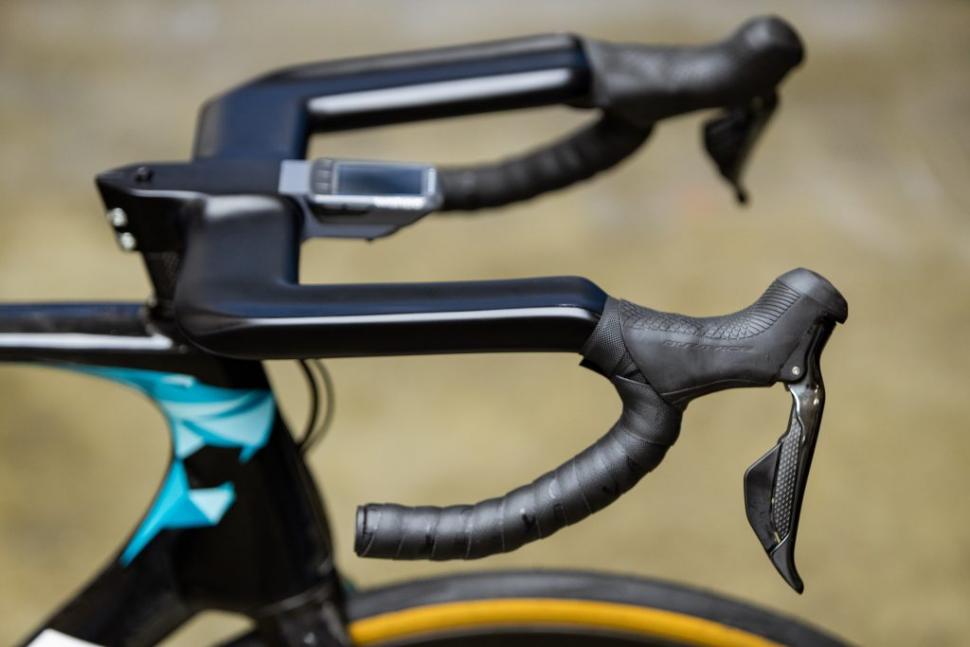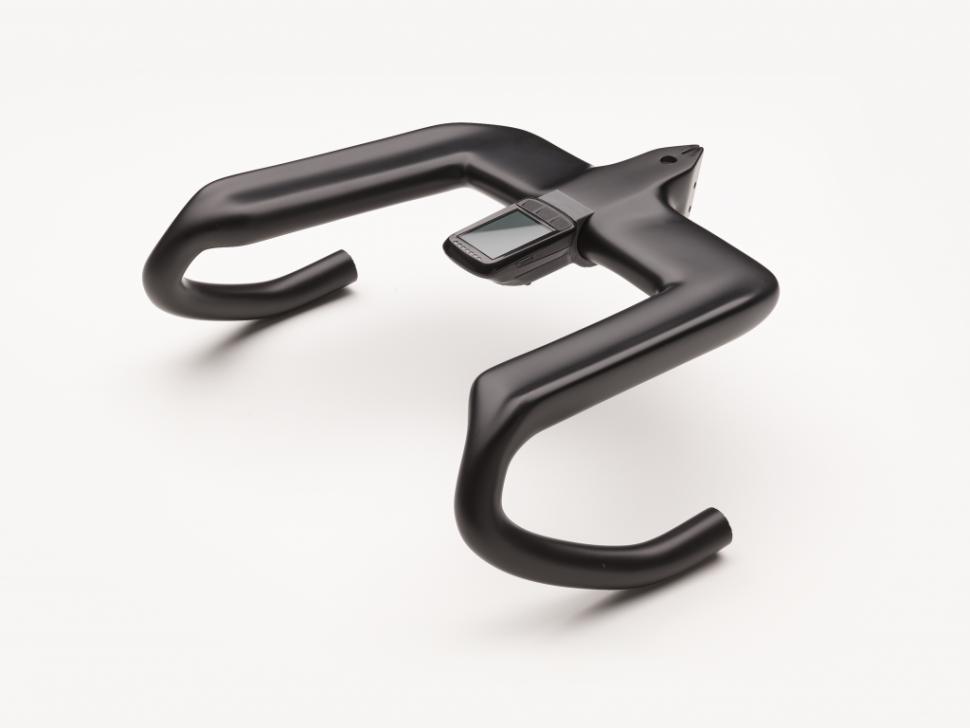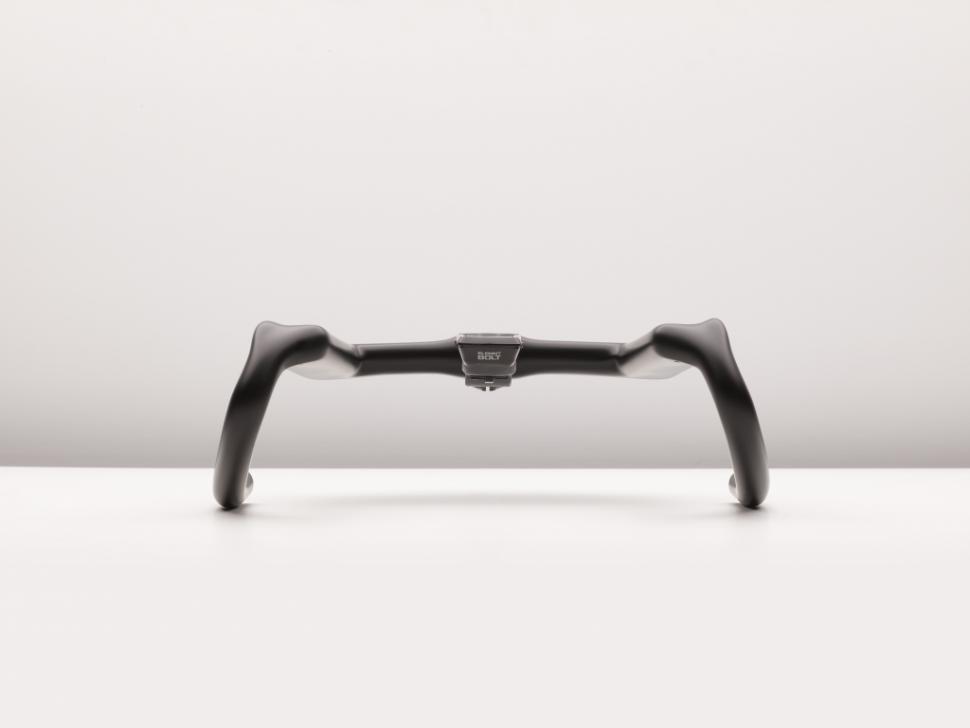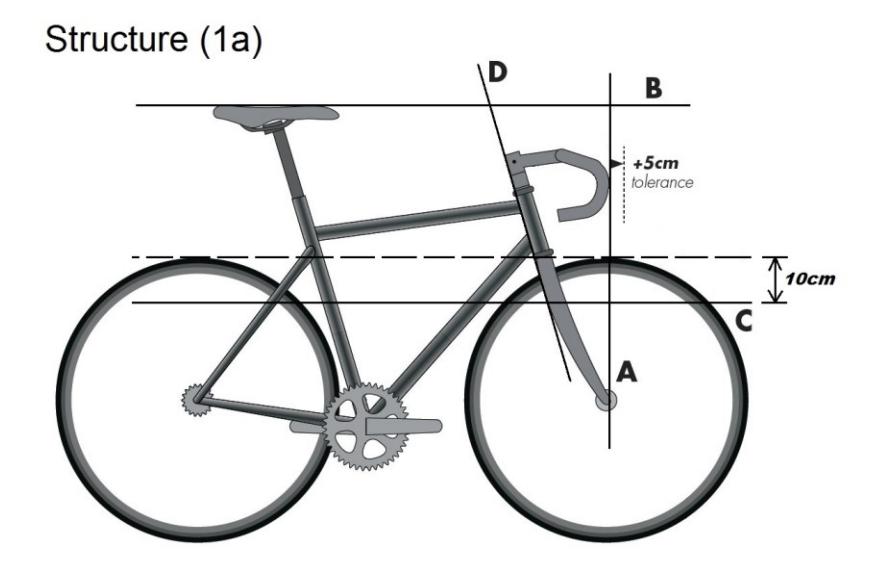- News
- Reviews
- Bikes
- Accessories
- Accessories - misc
- Computer mounts
- Bags
- Bar ends
- Bike bags & cases
- Bottle cages
- Bottles
- Cameras
- Car racks
- Child seats
- Computers
- Glasses
- GPS units
- Helmets
- Lights - front
- Lights - rear
- Lights - sets
- Locks
- Mirrors
- Mudguards
- Racks
- Pumps & CO2 inflators
- Puncture kits
- Reflectives
- Smart watches
- Stands and racks
- Trailers
- Clothing
- Components
- Bar tape & grips
- Bottom brackets
- Brake & gear cables
- Brake & STI levers
- Brake pads & spares
- Brakes
- Cassettes & freewheels
- Chains
- Chainsets & chainrings
- Derailleurs - front
- Derailleurs - rear
- Forks
- Gear levers & shifters
- Groupsets
- Handlebars & extensions
- Headsets
- Hubs
- Inner tubes
- Pedals
- Quick releases & skewers
- Saddles
- Seatposts
- Stems
- Wheels
- Tyres
- Health, fitness and nutrition
- Tools and workshop
- Miscellaneous
- Cross country mountain bikes
- Tubeless valves
- Buyers Guides
- Features
- Forum
- Recommends
- Podcast
TECH NEWS
 2021 Speeco ABB side
2021 Speeco ABB sideSpeeco causes a stir: new aero optimised road handlebars with forearm rest launched
Dutch carbon specialists Speeco are behind an unusual new handlebar design, the Aero Breakaway Bar (ABB) which has been developed for Dutch pro Jan-Willem van Schip of BEAT Cycling. They are UCI-legal.... well, at the time of writing they are anyway.
The ABB bar essentially replicates the position that we all see pro riders adopt on their road bikes when at the front of the peloton or in a breakaway - arms bent, and hands draped over the top of the hoods. With the forearms level to the ground, this position tries to copy the aerodynamically efficient time trial position on standard road bars. It works, but isn’t optimal, and so this is the problem the ABBs attempt to solve.
Instead of relying on the stem to provide the majority of the reach (as in a traditional setup), the reach of these handlebars has been increased significantly to allow the rider’s weight to be supported by their arms and not the wrists.
This is said to give less of a leverage effect, and the hollow shape is said to cradle the length of the forearms for maximum stability and comfort when leaning into this aero position.
These one-piece integrated carbon bars only have a 70mm stem, but with the lengthened forearm rest included within the bars they hit a total reach of 355mm. They are 32cm narrow up top, and with a slight flare this widens out to 37cm at the bottom of the drops.
Speeco has designed these bars so they are suitable for most integrated cable setups. Also built to Van Schip’s preferences, you can see these bars feature an integrated mount for the Wahoo Elemnt Bolt. Custom mounts to support other cycling computers are also said to be available.
Van Schip says he is going to use the ABB at the beginning of next season because believe or not, these revolutionary bars don’t actually break any of the UCI’s current guidelines... for the time being at least.
Calls have already been made from the pro peloton to put an end to this radical design.
Trek Segafredo’s Ryan Mullen tweeted: “I want the UCI to ban this more than I want to breath air."
I want the UCI to ban this more than I want to breath air.
— Ryan Mullen (@ryanmullen9) December 2, 2020
According to Article 1.3.012 of the UCI’s regulations: “A bicycle shall not measure more that 185 cm in length and 50 cm in width overall.”
This maximum width of 50cm for the bicycle is said to directly relate to the maximum authorised width of handlebars.
While Article 1.3.022 adds: “…in no case shall the front of the handlebars exceed the tolerance of 5 cm in relation to a vertical line passing through the front wheel axle, which is the control zone of the bicycle.”
Aside from passing these measurements stipulations, the UCI does include a regulation related to how the bars should be able to be used in practice.
Article 1.3.009 says: “The bicycle should have handlebars which allow it to be ridden and manoeuvred in any circumstances and in complete safety.”
Phil Gaimon doesn’t seem so convinced that the ABBs have got your back here. He tweeted: “I feel like you’d turn the bars and the bike starts turning 8 minutes later”.
I feel like you’d turn the bars and the bike starts turning 8 minutes later
— Phil Gaimon (@philgaimon) December 3, 2020
Getting your own ABB setup isn’t going to be cheap, as each set is custom made to your own specifications. A €500 deposit is required up front, with the total price coming to €1500.
Reinventing the handlebar has been attempted in years gone by, and hasn’t been welcomed by the UCI...
From @PhilOCPhotos archive: Chris Boardman, hour record, Manchester, 1996 pic.twitter.com/lf65Z2be37
— SportivePhoto Ltd (@sportivephoto) December 27, 2013
Used by Greg LeMond in the 80s, Scott’s Drop-In handlebars, with the end of the bars curving 90 degrees inwards at each side, were designed to help riders get into a very low, narrow position—these were banned. Graham Obree’s super stretched out 'superman' position, used by Chris Boardman to set what is now the UCI Absolute Hour Record of 56.375km in 1996 on his Lotus track bike, was (surprise surprise) also promptly banned about a month after Boardman set the record.
Do you think the UCI should ban these bars? Do you think the ABBs are safer to use than continuing to let the pros replicate the TT position on standard bars? Do let us know your thoughts in the comments as always...
Anna has been hooked on bikes ever since her youthful beginnings at Hillingdon Cycle Circuit. As an avid road and track racer, she reached the heady heights of a ProCyclingStats profile before leaving for university. Having now completed an MA in Multimedia Journalism, she’s hoping to add some (more successful) results. Although her greatest wish is for the broader acceptance of wearing funky cycling socks over the top of leg warmers.
Latest Comments
- mdavidford 6 min 57 sec ago
Or they could pout some kind of markers there to warn of the kerb - flags, maybe...?
- cmedred 52 min 51 sec ago
Just a question: How did it rust without getting wet or damp? I thought moisture was needed for rust. If that's not the case, how do i protect my...
- snooks 55 min 48 sec ago
Ridiculous price for the spec like pretty much everything Cervelo makes. Non-starter.
- wtjs 58 min 2 sec ago
I'm giving my usual thumbs-up to the Prestacycle. I carry it on all my trips
- HoarseMann 1 hour 43 min ago
Woman gets fine for illegally parking on Winnats Pass and will never return to park there after ordeal (umm, that's how parking fines are supposed...
- Stebbo 1 hour 46 min ago
His career has been over for a few years.
- jarpots 2 hours 8 min ago
Nice product but has limitations, like most. Particularly if you use heavy electric bikes.
- wtjs 4 hours 38 min ago
All the manufacturers are non-American!
- chrisonabike 4 hours 54 min ago
Yes... and they're a *bit* insulated from the "must grab attention" imperative...
- stevez123 4 hours 54 min ago
I wish my tires were as easy to mount on the rim as yours. I usually end up with blisters on my thumbs after repairing a flat. Next time use a tire...




Add new comment
20 comments
Fugly, but functional. (like me.)
I know pros tend towards smaller frames for aerodynamics, but that top picture is mad - looks like an elephant on a kid's tricycle!
Seems to me people are missing the point. Design innovations like this are clever, but they appear to solve more comfort and aero- efficiency problems than they do safety. The reason this riding position is disapproved if is that the rider does not 'properly' holding the bars in such a way that the gears brakes could be operated or direction changed, or bike held onto INSTANTLY in an emergency. It doesn't matter how many component designs are banned if the UCI don't ban the practice of taking your hands off the controls when racing (unless reaching for food and bottle or changing top or signalling). More data needed perhaps. I wonder how many accidents have been caused by riders not holding the controls while elbow surfing.
Countdown to a UCI ban starts in 10...9...8...
It's certainly an interesting design - not the best aesthetically but I suppose if it became commonplace it would no longer look abnormal.
I'm not sure these would stop the pros adopting the 'puppy-paws' position though, given that this is still the best way of getting into the most aero position. You would be able to get lower easier with these bars, but not really narrower (unless they could be made much narrower with a flare to offset it).
There's nothing new under the sun. I used to have TTT bars like this:
I felt proper hardcore. Until I tried using them for urban riding and nearly got killed at a junction. Would be a lot safer with a second pair of brake levers, like a touring bike.
I like the idea of these... they look ugly, but as this is 'my preferred position' I'd imagine that they would be more comfortable than normal bars. I particuarly appreciate the flare on the drops, when I'm in that position on the hoods I feel I could be narrower, but on the drops I appreciate the width, a flare fixes that.
Stupid question: can't we have handle bars without drops, for endurance riders? With some sort of time trial like brake levers, which you can easly grab hard, and with which you can also shift.
Losing the drops loses 2 hand positions, out of 6. And how much are these used anyway by non-racers?
It sure would be more aero. And yes, aero plays a role at lower speeds, too. (Count in a little headwind and you even get to those higher air(!) speeds.)
Cowhorn handlebars used to be quite popular about 20 years ago. There was an urban bike courier vibe in addition to the triathlete thing. I had them too, and loved them. But then the time triallers and triathletes moved on to integrated bars, so there was no need to buy a cowhorn bar as a "base bar", and couriers aren't so cool any more... so there's fewer options on the market now. Shame, really.
Wouldn't the flip-side be a rather uncomfortable position while on the hoods?
Good to see someone innovating, though. I'm astonished the UCI have allowed bicycles to advance beyond the Rover safety bicycle.
Intriguing concept but IMO the execution is rather inelegant and blocky. The guy in the photo looks like he could hold that contortion for about 5 seconds before wishing for a normal set of bars.
They look pretty cool. As for safety that's simple test them verses a 'standard' drop and an areo bar both in a wind tunnel and on the road. I'll make up my mind when I have more data.,
Re Boardman's bikes, his superman bike was a Merckx-branded Lotus 110, I believe. That pic is of the extraordinary Mike Burrows Lotus 108.
Thanks for spotting, we were struggling to source an image so I've embedded a tweet for now.
I can't see why replacing a long stem with two longer bars should change the handling. The geometry is fundamentally the same. It is remarkable that this hasn't been invented before.
no the geometry is totally different, this is why L shaped cranks work
potentially makes riding on the tops a bit dodgy, as here the geometry will ahve changed and the brake levers will be further away if required.
I rather like them, and on the face of it I cannot see that they will have an effect on the bikes handling or safety (within the pro peleton)
The extended bar and shortened stem place the drops in nominally the same place so handling should be nominally the same
The riding position is simply replicating how some riders ride at the moment so again doesn't intoroduce additional safety issues.
HOWEVER
if they were to narrow the top of the bars and increase the flare then it starts to be more like a set of TT bars.
If they become common place then more riders may adopt these positions for normal day to day riding and that may introduce issues on group rides
I often ride like this riding solo as I find it more comfortable than riding on the drops, probably even more aero. I wouldn't do it in a group, there is enough aero benefit.
i'm in the same camp...its the most aero position on standard bars...drops are for control on long descents....intrigued by these bars and glad someone is exploring the idea. Not sure how well they work outside of this position though - on the tops - puts your hands much further back, on the hoods much the same but is the steering geometry affected ?? the rotation and leverage are different surely
might be like using bullbars on a straight bar....
Good point on the position on the tops; on the hoods there should be no difference as a couple of people have mentioned. Like the L-shaped cranks, if the bars/cranks are rigid then all physics really cares about is the pivot point and points in space where you actually hold them - the exact shape of the rigid stuff inbetween doesn't matter.